Thalassemia minor- disease and its treatment
Tinea versicolor is a health issue that requires attention. Tinea versicolor treatment helps and can be looked into by affected patients.
Most children with moderate to severe thalassemia do show signs as well as symptoms within their first two years of life. If the doctor does suspect the child has thalassemia, he or she can confirm a diagnosis with blood tests. Blood tests can indeed reveal the number of red blood cells as well as abnormalities in size, shape, or color. Tinea versicolor needs to be dealt with.
Focusing on tinea versicolor treatment helps.
Prenatal testing
Testing is rather done before a baby is born to find out if he or she has thalassemia and also determine how severe it might be. Tests are made use of to diagnose thalassemia in fetuses include:
- Chorionic villus sampling – Usually done about the 11th week of pregnancy. This test involves removing a tiny piece of the placenta for evaluation.
- Amniocentesis – Usually done around the 16th week of pregnancy, this test concerns an examination of a sample of the fluid that surrounds the fetus.
Treatment
Mild forms of thalassemia trait do not require treatment.
For moderate to severe thalassemia, treatments might include:
- Frequent blood transfusions – More severe forms of thalassemia do often require frequent blood transfusions, possibly every few weeks. Over time, blood transfusions do cause a buildup of iron in one’s blood, which can damage the heart, liver as well as other organs.
- Chelation therapy – This sort of treatment is to remove excess iron from one’s blood. Iron can build up due to regular transfusions. Few people with thalassemia who do not have regular transfusions can also develop excess iron. Removing the excess iron is vital for one’s health. To help rid one’s body of the extra iron, it might be necessary to take an oral medication.
- Stem cell transplant – This is also referred to as a bone marrow transplant or a stem cell transplant is another option in a few cases. For children with severe thalassemia, it can eliminate the need for lifelong blood transfusions and drugs to control iron overload.
This procedure does involve receiving infusions of stem cells from a compatible donor, usually a sibling.
Self-care
The affected person can help manage one’s thalassemia by following the prescribed treatment plan and also adopting healthy-living habits.
- Avoid excess iron – Unless the doctor recommends it, do not take vitamins or other supplements that do contain iron.
- Eat a healthy diet – Healthy eating can indeed help a person feel better and also boost energy. The doctor might also recommend a folic acid supplement to help the body make new red blood cells.
To keep one’s bones healthy, it is important to ensure one’s diet contains sufficient calcium and vitamin D. Asking the doctor what the right amounts are to be taken helps and whether a supplement is required.
Asking the doctor about taking other supplements, as well, such as folic acid needs to be done. It is a B vitamin that does help build red blood cells.
- Avoid infections – Washing one’s hands frequently and also avoiding sick people is necessary. This is so important if one’s spleen has been removed.
It is also necessary to have an annual flu shot, as well as vaccines to prevent meningitis, pneumonia, and also hepatitis-B. If the person tends to develop a fever or other signs as well as symptoms of an infection, see the doctor for treatment.
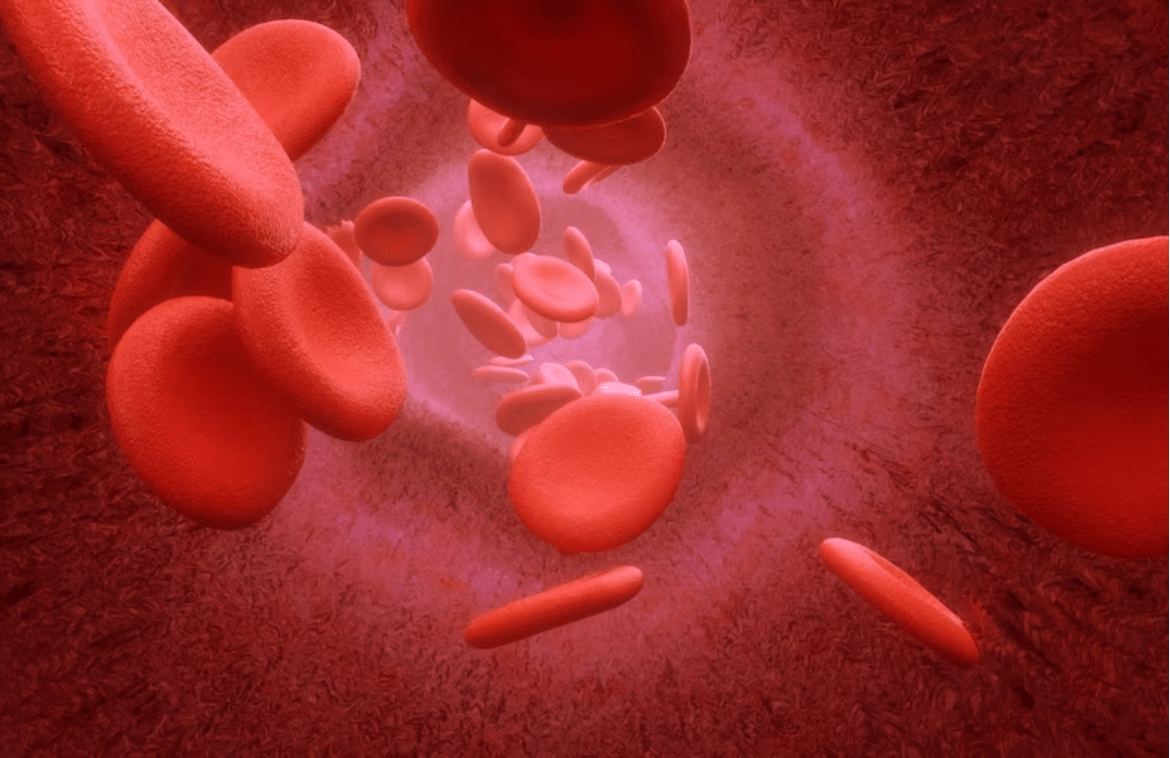
Thalassemia minor- disease and its treatment
Coping cum support
Coping with thalassemia, with one’s own or the child’s, can be challenging. Do ask for help. If having questions or need guidance, it is better to discuss issues with the health care team.
It helps to join a support group, which can provide both sympathetic listening as well as useful information. Ask a member of one’s healthcare team about groups in the area.
Conclusion
Thalassemia needs medical care.

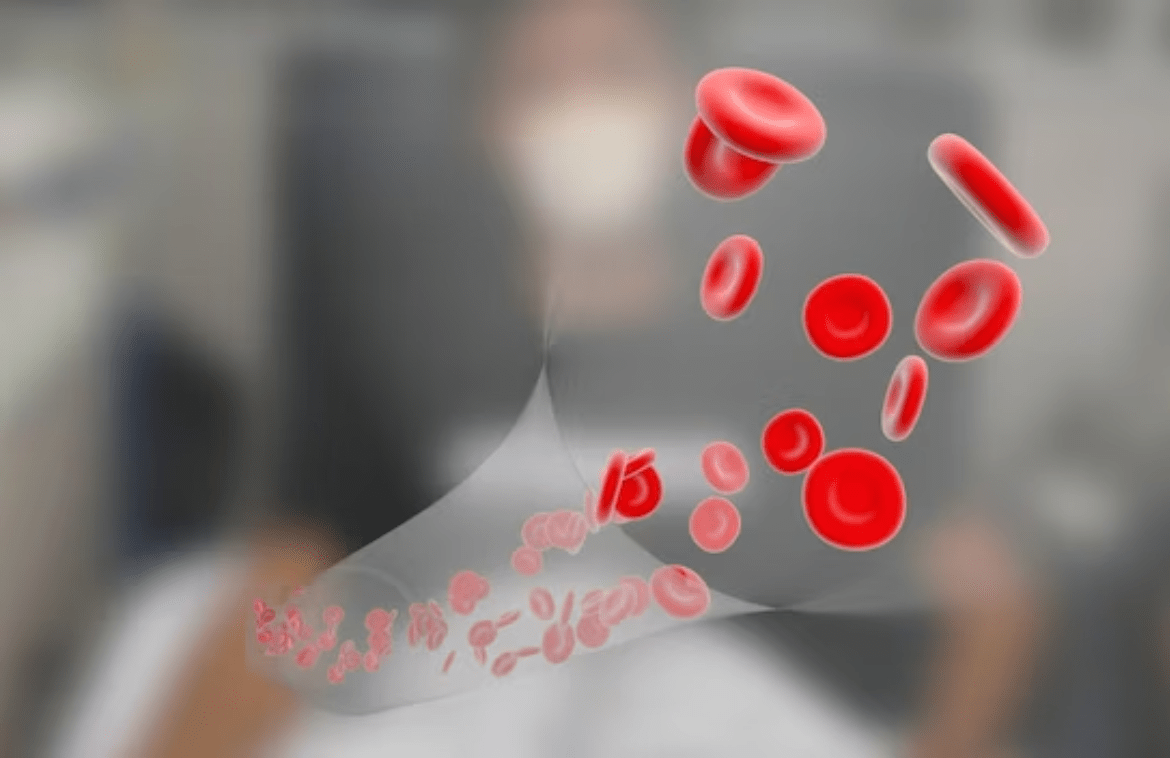

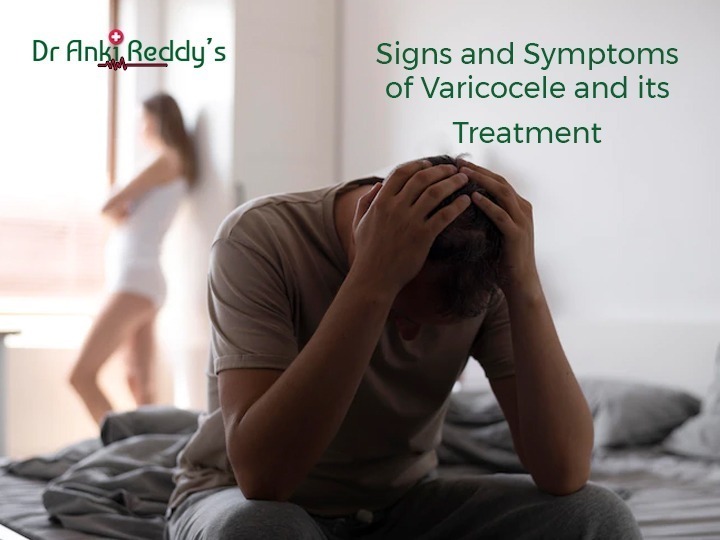

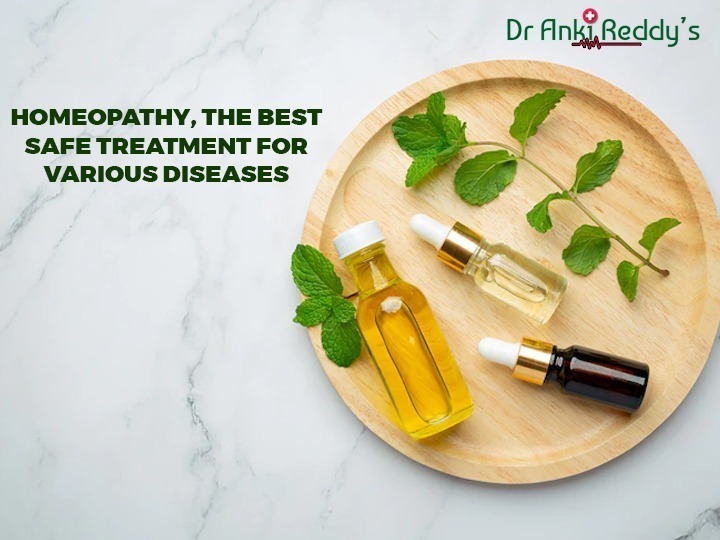
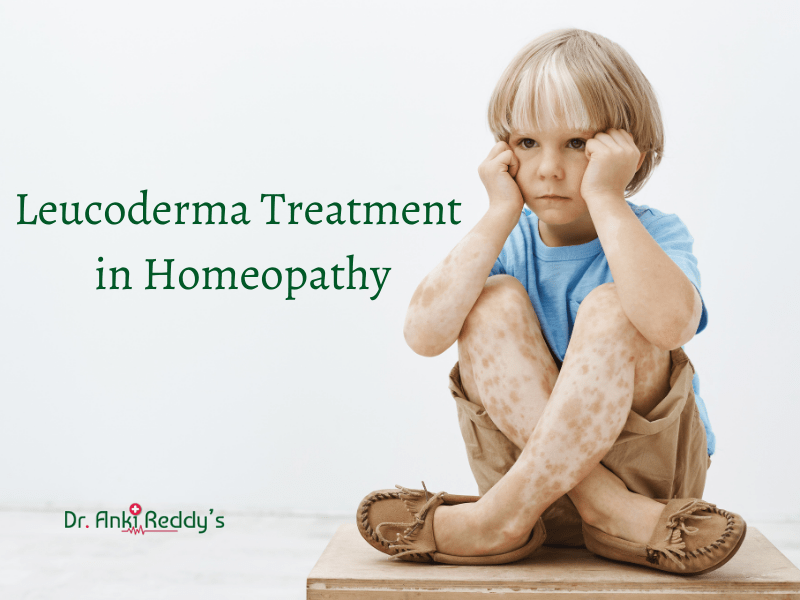

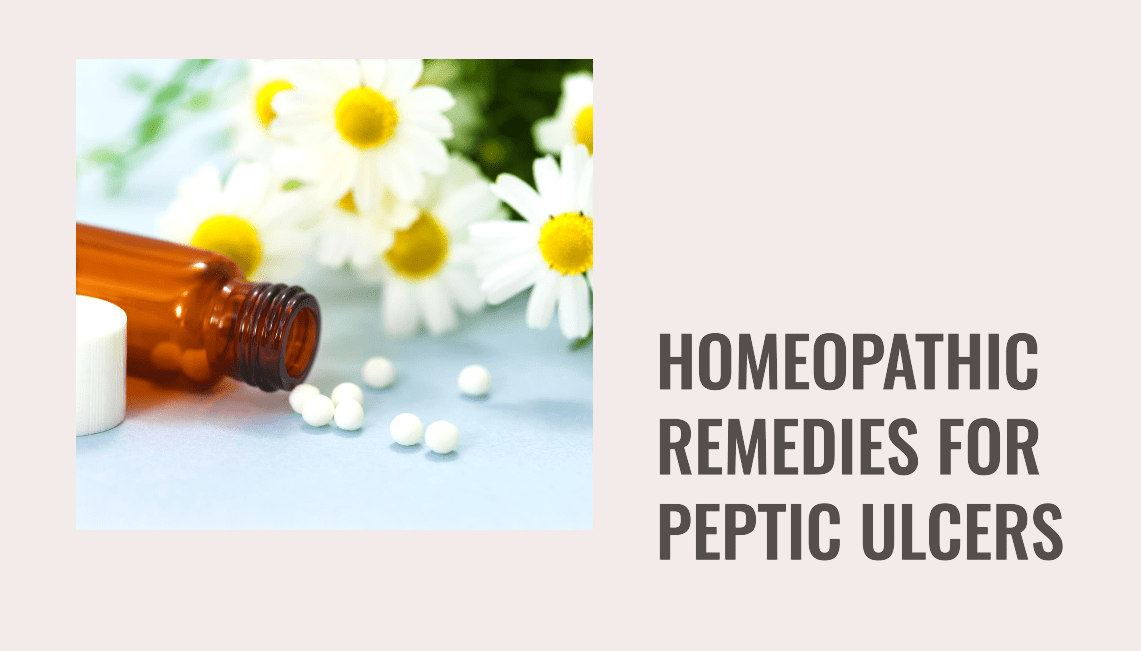
There are no comments